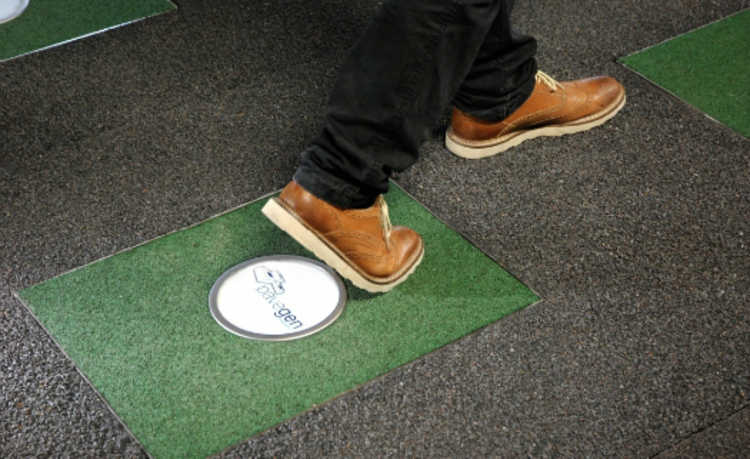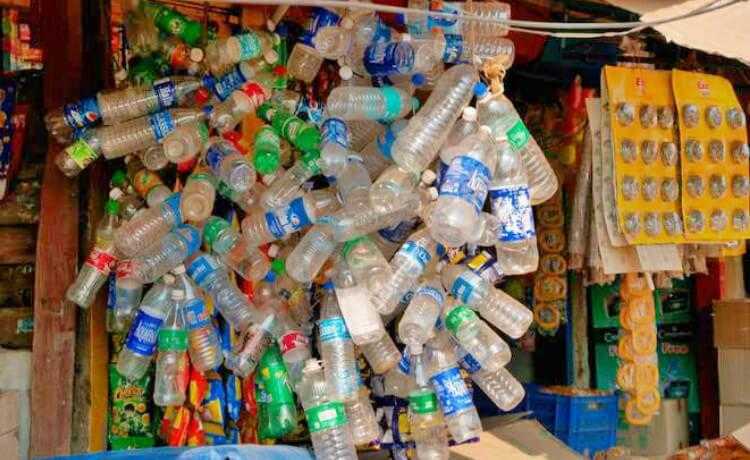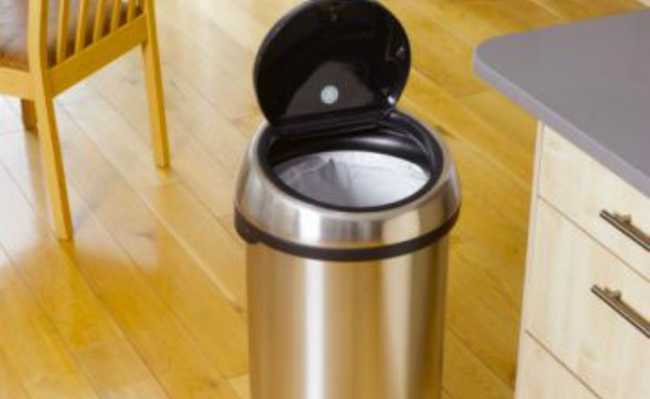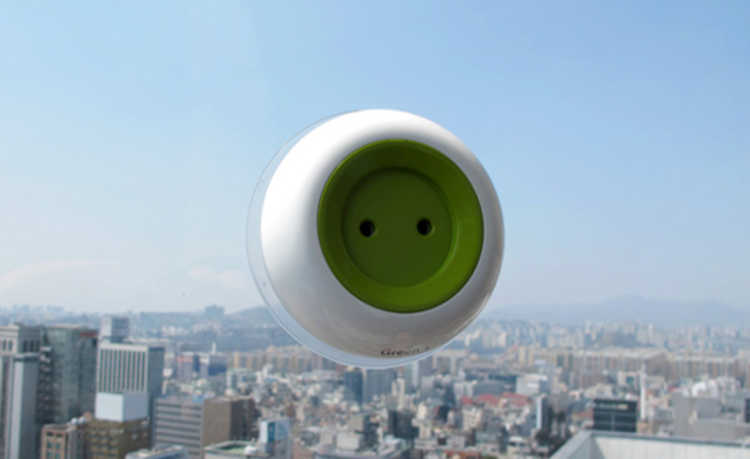Edible and compostable packaging: the corporate war against plastic
A new generation of companies and scientists is working on packaging that can alleviate global plastic waste

With the growing amount of plastic waste produced in the world, some companies began to question themselves about the need for the packaging they produce - and how to reduce the environmental impacts generated by them. Biodegradable packaging options, which can be composted, or even edible are some of the solutions that are starting to be used by environmentally concerned companies.
- PLA: biodegradable and compostable plastic
- 27 amazing examples of eco-friendly and creative packaging
Each year, at least 8 million tons of plastic end up in the oceans, according to an estimate by the Ellen MacArthur Foundation. The study indicates that by 2050, at this rate, there will be more plastic than fish in the oceans. The amount of plastic that exists in people's daily lives is enormous today and has practical functions, such as in the case of fast food consumption, protective packaging or even bags. But this consumption is not sustainable in the long term and there is a growing demand for alternatives. Learn more about what ocean plastic is.
A solution found by snack was investing in compostable packaging. THE start-up, based in London, produces snacks based on apples, bananas, blueberries (bluebarries) and raspberries that would be wasted. Its founder, Ilana Taub, began to wonder why they were selling their plastic-wrapped products. So, in partnership with the Israeli company Type, they created a package that takes just six months to break down into garden compost . "It was a way we found to have a disposable package without causing environmental damage," Taub told The Guardian.
- Microplastics: one of the main pollutants in the oceans
- There are microplastics in salt, food, air and water
- Microplastic in sea salt: is it true?
However, other supposedly more sustainable alternatives have proven controversial. The UN has claimed that biodegradable plastics are "well intentioned, but wrong" since those that end up in the ocean do not have the proper conditions to decompose. Other plastics, including so-called oxo-biodegradable plastic, break down into microplastics, which are also highly harmful when they end up in the oceans. Read more in the article: "Biodegradable plastics are not the answer to reducing marine litter, says UNEP."
In this context, the new bet of plastic producing companies is compostable packaging (which can participate in the domestic composting process). As well as the packaging of the snack, a Type produces hermetic bags, sold in the United States, which take only three months to be composted, in addition to sustainable packaging for the most diverse products. The company has carried out several tests with British companies.
A big hurdle to implementing these compostable plastics, however, is the price. "Because it is more expensive than traditional plastic, this type of packaging tends to be used together with products that are already part of the 'ethos' sustainable , such as organic, natural or luxury items," explains Andy Sweetman, marketing manager at Futamura UK, company that produces the NatureFlex, another compostable plastic packaging option .
Another issue is the understanding and acceptance of these products by the consumer. Some brands, such as snack, leave no room for doubts, clearly stamping on the products: "This packaging is compostable". But not all companies are so explicit. In the case of companies that use compostable packaging from Futamura, for example, Sweetman says that not all of them promote the environmental benefits of their packaging directly on products, so the end consumer has no way of knowing that packaging doesn't have to end up in the trash.
- Where do they come from and what are plastics?
- Know the types of plastic
In addition to the plastics that we can put in domestic composters (or industrial composters), producers and scientists are also exploring other options. Researchers from the United States Department of Agriculture (USDA) have developed a prototype of an edible plastic film made with casein, a milk protein capable of protecting food from the action of oxygen. USDA researcher, chemical engineer Laetitia Bonnaillie, believes that this modality of edible plastic packaging has the potential to have, in the future, flavors or micronutrients added to it. There are already companies interested in using the packaging.
Combating plastic waste today involves more than just looking for new materials, argues Rob Opsomer, leader of the initiative. New Plastics Economy (New Plastics Economy), from the Ellen MacArthur Foundation. "Walking towards the use of new materials that are recyclable or compostable is one of many strategies to redefine the use and applications of plastic packaging", he says.
- New Plastics Economy: the initiative that rethinks the future of plastics
Even with the use of biodegradable, ecological or compostable packaging, the disposal and mismanagement of this waste should not be encouraged, says Professor of Environmental Engineering Jenna Jambeck, from the University of Georgia. "We want all of our materials kept in a circular waste management system so that we can reuse the valuable resources used in each production."
Learn more about composting:
- Guide: how is composting done?
- Five Steps to Start Home Composting
- What is compost and how to make it
- Home composting: how to do it and benefits










